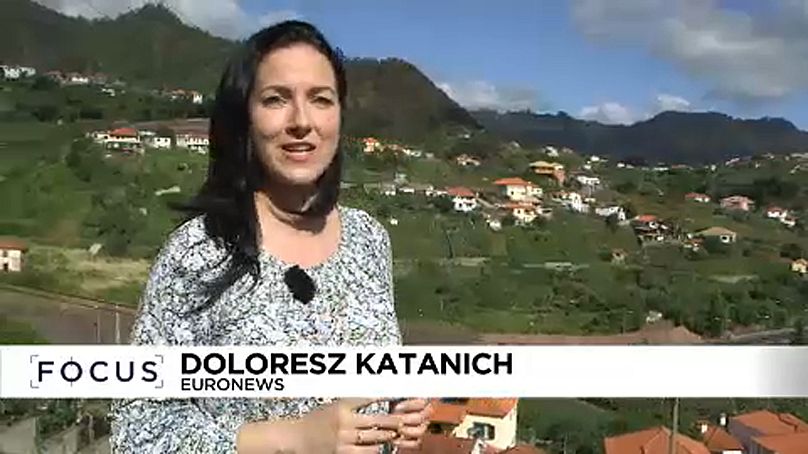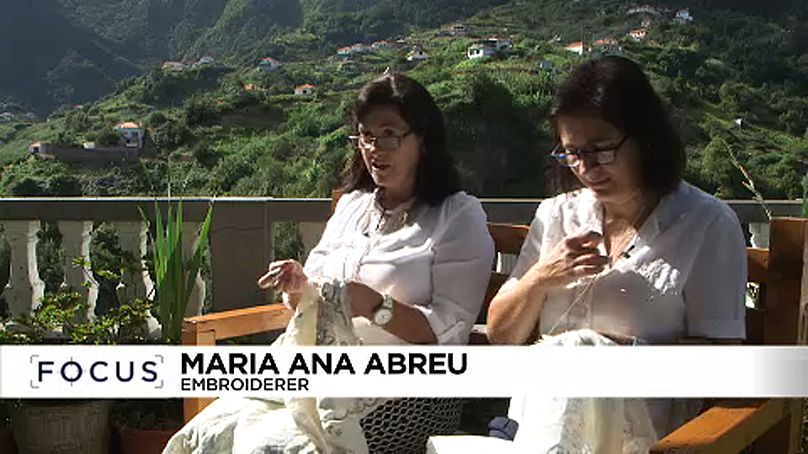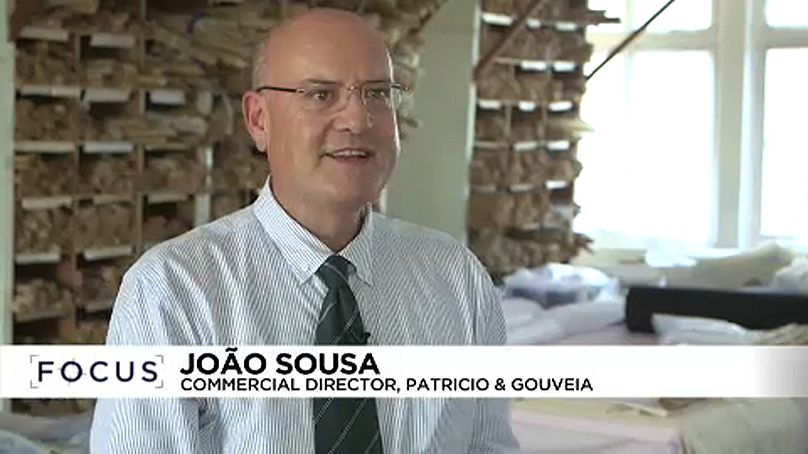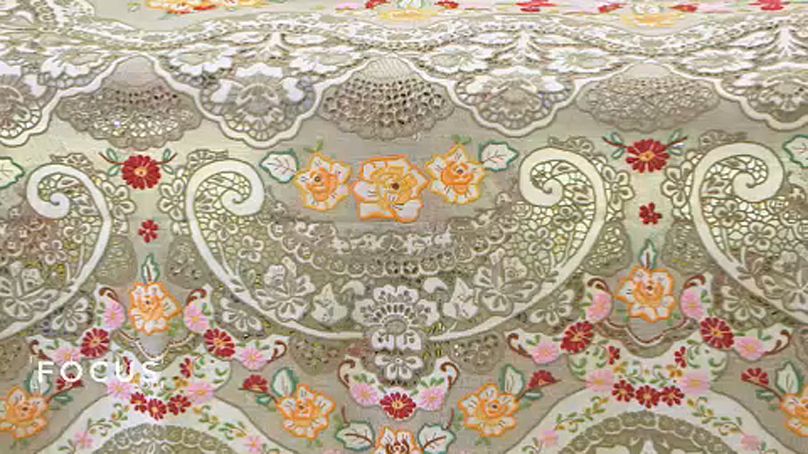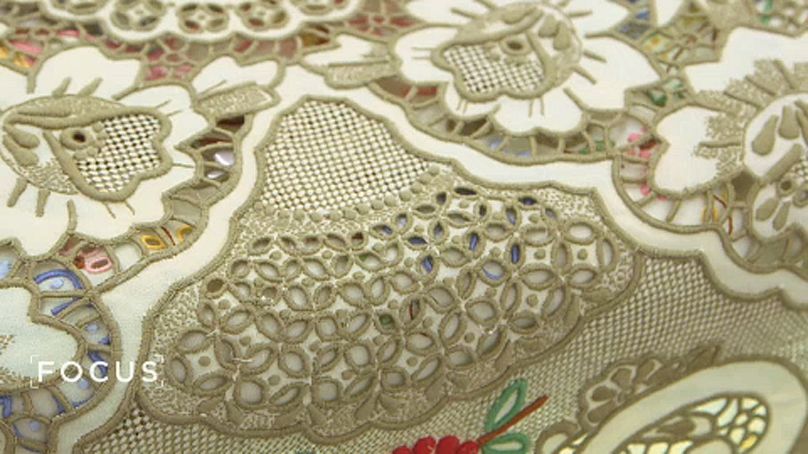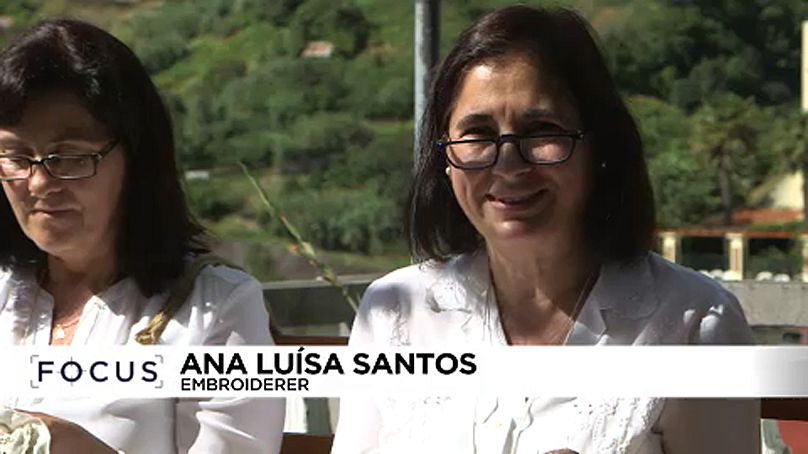Traditional Madeira Embroidery dates back hundreds of years and is one of Europe's finest luxury products. It is entirely produced by hand, with the artisan skills and techniques of the meticulous craft passed down over the centuries from one generation to the next.
 ADVERTISEMENT
ADVERTISEMENT
Madeira Embroidery is one of Europe's finest luxury products and is entirely produced by hand. Bordado Madeira - the name of Madeira Embroidery in Portuguese - is the traditional embroidery made by the country women of Madeira. Over the centuries, the artisan skills and techniques of the meticulous craft have been passed down from one generation to the next. The women show pride when they say that their handcraft is as authentic today as it was 150 years ago.
Madeira Embroidery dates back hundreds of years. It became famous worldwide in London at the Universal Exhibition of 1851. Since then, the embroiderers in the countryside work hand in hand with the companies on the island, producing authentic Madeira Embroidery. Today there are some 30 companies producing Madeira Embroidery in the Region and around 4,500 embroiderers that are dedicated daily to the art of Embroidery.
It often takes weeks if not months to finish a piece as the artisans follow distinctive patterns using a wide variety of complicated stitches.
Euronews journalist Doloresz Katanich went to Madeira to meet some of the women who still practice this fine craft today. The embroidery requires a lot of very meticulous work and does not pay well, but over the centuries it was a traditional way for women in the countryside to make part of their living.
Ana Luísa Santos and Maria Ana Abreu are childhood friends. They both learnt the centuries-old craft of the island in early childhood, just like their mothers and grandmothers before them.
"I started to embroider since I was very small," embroiderer Maria Ana Abreu told Euronews. "When I went on school vacation, I was already doing the first stitches. At the age of 8, 10 years-old when the holidays came, I was making the easiest type of stitches. Then, when I left school, after sixth grade, I started embroidering all the stitches. I would sit down next to my mother and my grandmother to make the stitches," she said.
FAMILY BUSINESS KEEPING THE TRADITION ALIVE
Hundreds of fine and delicate patterns have been prepared in the last 90 years at one traditional workshop in Funchal, the capital city of Portugal's Madeira archipelago.
One of the last remaining family businesses, founded in 1925 by the grandfather of current owner João Sousa, CEO and owner of Patricio & Gouveia, is still keeping the tradition alive today. However, some are concerned about the future of the craft and the ladies in the countryside who still practice it.
From the conception of the designs to the creation of the patterns, everything happens in the workshop and every step of the process is handmade. The practice is reminiscent of the old days.
"A lady comes from a specific area, in Funchal or any part of Madeira, she comes to collect, she delivers on their area, they embroider and they bring it back," Mr Sousa explains.
From bed linen to baby clothes, Madeira Embroidery has a wide range of products that use traditional as well as contemporary designs.
Some pieces take more than 3 years to make before they arrive back at the factory. If the embroidery meets the quality requirements, it is stamped with an official authenticity seal.
Madeira Embroidery is one of the luxury brands selected to participate in the Homo Faber event, which is organized by the Michelangelo Foundation, in Venice in September and dedicated to European craftsmanship.
Ana Luísa Santos and Maria Ana Abreu are going to present their craft at the Homo Faber exhibition.
Even though their daughters may not continue with the tradition, both Ana Luísa and Maria Ana are proud of their art.
"I like what I do, I like to embroider, I like embroidery a lot and I also like to see the piece once the work is done." embroiderer Ana Luísa Santos told Euronews.











